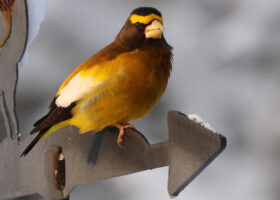
See an Evening Grosbeak? Here’s How You Can Help Them…and Researchers!
Since I’ve moved to rural Vermont, I’ve noticed that road kill isn’t just a mammal problem. Birds that are feeding along a country road may not be able to escape quickly enough for a large vehicle barreling down it.
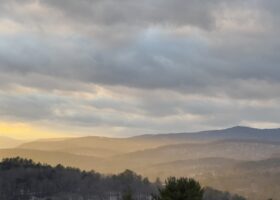
Field Guide to December 2025
As the light dwindles and the temperature drops, our scientists are thinking about the remarkable strategies overwintering species have evolved to survive New England’s coldest months. Grab a hot tea (or cocoa) and cozy up to this freezing, fascinating world with December’s Field Guide.
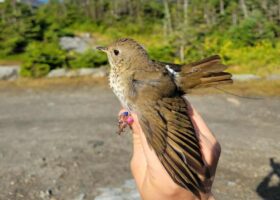
Why We Can’t Call the Bicknell’s Thrush Race Yet: A Peek Into How Migration Monitoring Works
We’ve decided to wait until the Pea Island data are uploaded and processed, which hopefully will be sometime in the next two weeks.
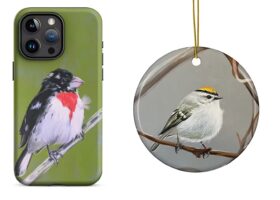
Gifts to Buy for New England Wildlife Lovers
Obviously, we here at Vermont Center for Ecostudies love a donation given on behalf of a wildlife lover. But if you’re looking for an object to include that can be mailed, wrapped, or placed under the tree, we know just the thing(s).
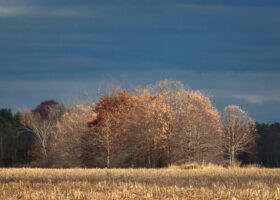
Field Guide to November 2025
Stick season is here and bird migration is petering off, but don’t let that get you down. The chickadees are bopping around the feeders, and mammals are getting fat and cozy. There are still even butterflies to be found! Here’s what to look for in November.

iNaturalist Vermont Hits One Million Research-grade Records!
More than 30,000 researchers and community scientists contributed to this milestone.

Over 350 Wild Bee Species Found in Vermont, with Help of Community Scientists
The new study provides the first comprehensive faunal list and conservation assessment of Vermont’s wild bees.
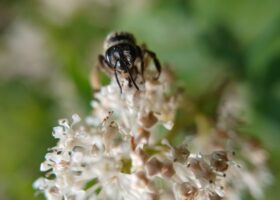
The Journey of a Single Bee Observation
A geologist mentioned that he uses iNaturalist in the university classes he teaches. “We contribute a lot of observations,” he said. “Who knows if they’re really of use to anyone?” Oh, they are.

How to Become an Ecologist
One day, I sent my mom a photo of me holding a freshly banded bird. She texted back: “That’s the face of someone who’s found what they love to do.” I hadn’t realized it until then, but she was right. Somewhere during this summer, I’d stopped feeling like an imposter and began to feel like a real ecologist.

Bernie Paquette Receives the 2025 Julie Nicholson Community Science Award
VCE bee biologist Spencer Hardy first met Bernie Paquette at the 2019 Jericho-Underhill Christmas Bird Count. Paquette had long since…

A Quick Trip to Birding Paradise
The D.R.’s biodiversity features hundreds of endemic species—ones you’ll find nowhere else on the planet—among them orchids, iguanas, frogs, ferns, and (happily for us) 33 extraordinary bird species.

How States Like Vermont Fill the Gaps in Wetland Protection
Even with the rollback of federal protections, data still matter, especially at state and local levels. Thanks to VPMon and other research programs, VCE is able to contribute to evidence-based decision-making in Vermont and beyond.
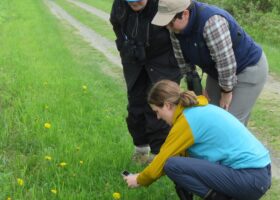
Why We Don’t Hoard Data
In the past, many scientists viewed the data that they collected as something belonging to them, sometimes guarding it zealously out of fear that they would be scooped by another scientist or with a sense that the data reflected too much hard work to simply give away.

Why Bicknell’s Thrush?
How one elusive bird inspired generations of biologists—and helped create Vermont Center for Ecostudies.
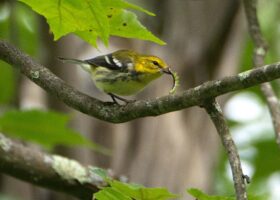
More Than Weeds: Herbicide Dicamba’s Return Could Impact Wildlife, Too
Dicamba is a controversial herbicide that has caused issues for both ecosystems and people. However, the EPA announced in July its intention to authorize its sale to farmers—again.
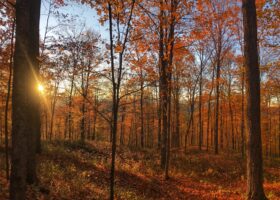
Field Guide to October 2025
Nature is putting on its final, colorful autumn show. Leaves are turning and falling, bees are buzzing around the asters, and mushrooms are putting out their final fruit. Don’t blink or you’ll miss it!

Field Report: The Secret Lives of Catbirds: Uncovering Nesting Behavior with Tracking Technology
We’re studying how we can track the behavior of these skulky, secretive birds. With luck and persistence, we may be able to piece together how the reproductive burden affects females season-to-season and year-to-year.

Field Guide to September 2025
As the weather begins to shift, we turn our attention to southward migration. From Green Darner Dragonflies to Bicknell’s Thrush, VCE scientists are uncovering the mysteries of migrating species and using this knowledge to help conservation efforts.
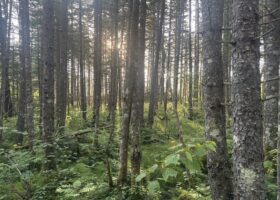
Field Report: What Is Loud and Clear in the Quiet of the Deep Forest
As I walk between survey points, I think about how loud the bird chorus must have been when the points were first established in 1989, and then how quiet the chorus might become in the coming decades.

Field Report: How the Birds Are Doing on Mount Mansfield This Summer
Our Slate-Colored Junco capture numbers are half of what they were last year, although all of our other target species are visiting our nets at roughly the same or higher rates as 2024.
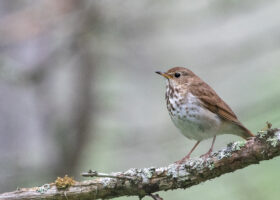
Four Federal (Yes, Federal!) Bills for Bird Conservation
We can’t deny the bad environmental news, but people across the U.S. are still working to protect wild birds with several positive, bird-related bills currently before Congress.

Legal Lead Fishing Gear Is Still Killing Loons
I watched Mark Pokras, a seasoned veterinarian from Tufts University, pull a jig out of the loon’s gizzard. “If you can scrape the top layer, it’s probably lead,” he explained.

Teaching the Teachers About Community Science
Science educator and naturalist Ron Smith partnered with VCE to facilitate our fourth Community Science Teacher Education Workshop this July. Here he shares all the invertebrate investigations the teachers engaged in on just one day of the four-day workshop.

The Ripple Effect: Wakeboats Pose Risks to Loon Nests
For many, current rules on wakeboats, which create ocean sized waves for wakeboarding, may not go far enough to ease concerns about safe recreation and impacts on aquatic environments. Loons and their nests may especially be at risk.

A Letter From Our Executive Director: Prepared for This Moment
These are not normal times for science or conservation. And many of you have asked how recent federal actions have affected VCE’s work.
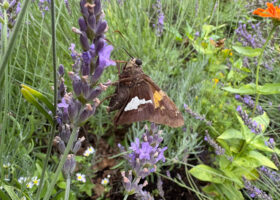
Is Our Tick Anxiety Affecting Pollinators?
In a soon-to-be-published VCE study, tick spraying was associated with a five to 30% immediate decline for most invertebrate groups, especially less mobile and soft-bodied arthropods, like native caterpillars that turn into moths and butterflies.
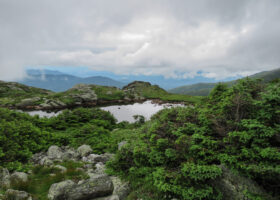
Field Guide to August 2025
In August, birding efforts are fruitful if you know where to look. Berry-bearing trees and shrubs feed thrushes, waxwings, and bluebirds, while migrating shorebirds pause along gravel bars and mudflats. Where else can you see gems of summer’s end? One of the many public lands that make the woods and waters of northern New England accessible to all.
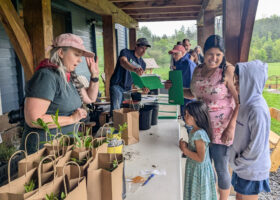
Community Science in Action: How I Recruited 700 Volunteers to Our Plant Ecotype Project
The Adopt-A-Plant project paired native plants with volunteers eager to grow them in their backyards and report observations back to VCE.
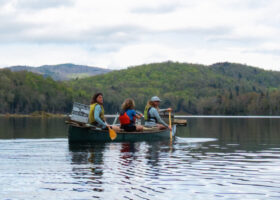
Two Biologists and Every Loon in Vermont: the Power of Community Science
Loon surveying for VCE’s Loon Conservation Project is a time-consuming task, between all of the paddling and what seems like an hour-long drive minimum to get anywhere on Vermont back roads. All of that monitoring is managed by just two loon biologists…and hundreds of volunteers.
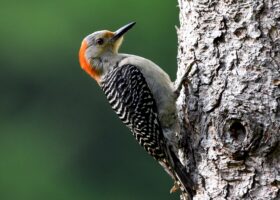
How eBird Vermont Checks Your Observations
Unlike iNaturalist, where photos or audio are required to reach “Research Grade” validation, eBird does not require physical evidence of most sightings. So how do we know that people saw what they say they saw?
